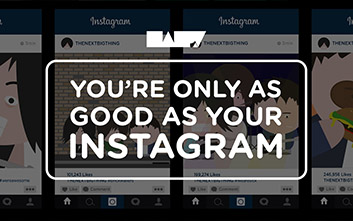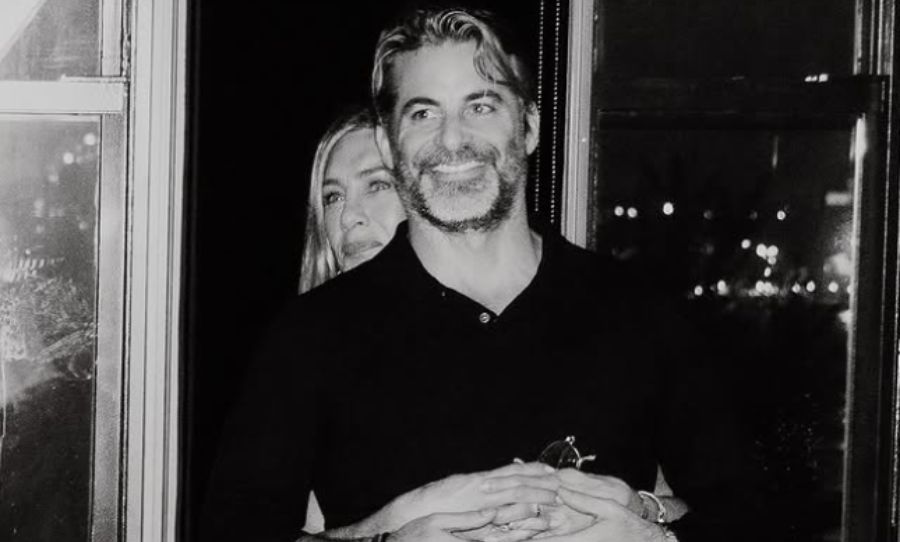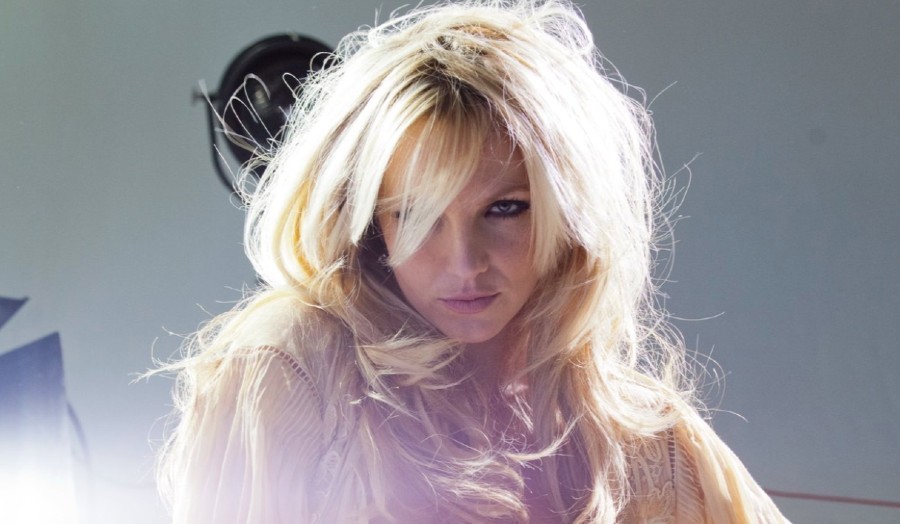We’ve come a long way when it comes to marketing music.
While the nostalgic aesthetic of the tattered gig poster on a city wall will always hold a special place in our hearts, a key place to advertise your music is on Instagram.
They say don’t judge a book by it’s cover, but when it comes to the music biz how people perceive you visually matters a lot. From Bowie’s Ziggy Stardust persona, to Angus Young’s schoolboy outfit, a musician’s image becomes a fundamental part of their identity.
Purists may dismiss this, but in a reality where Instagram is the second largest social media platform in the world, it’s naive to think otherwise. With streaming services and other means via the internet all making millions of bands battle each other for exposure, a good Instagram account can be just as beneficial for a musician as a good song… maybe even more so!
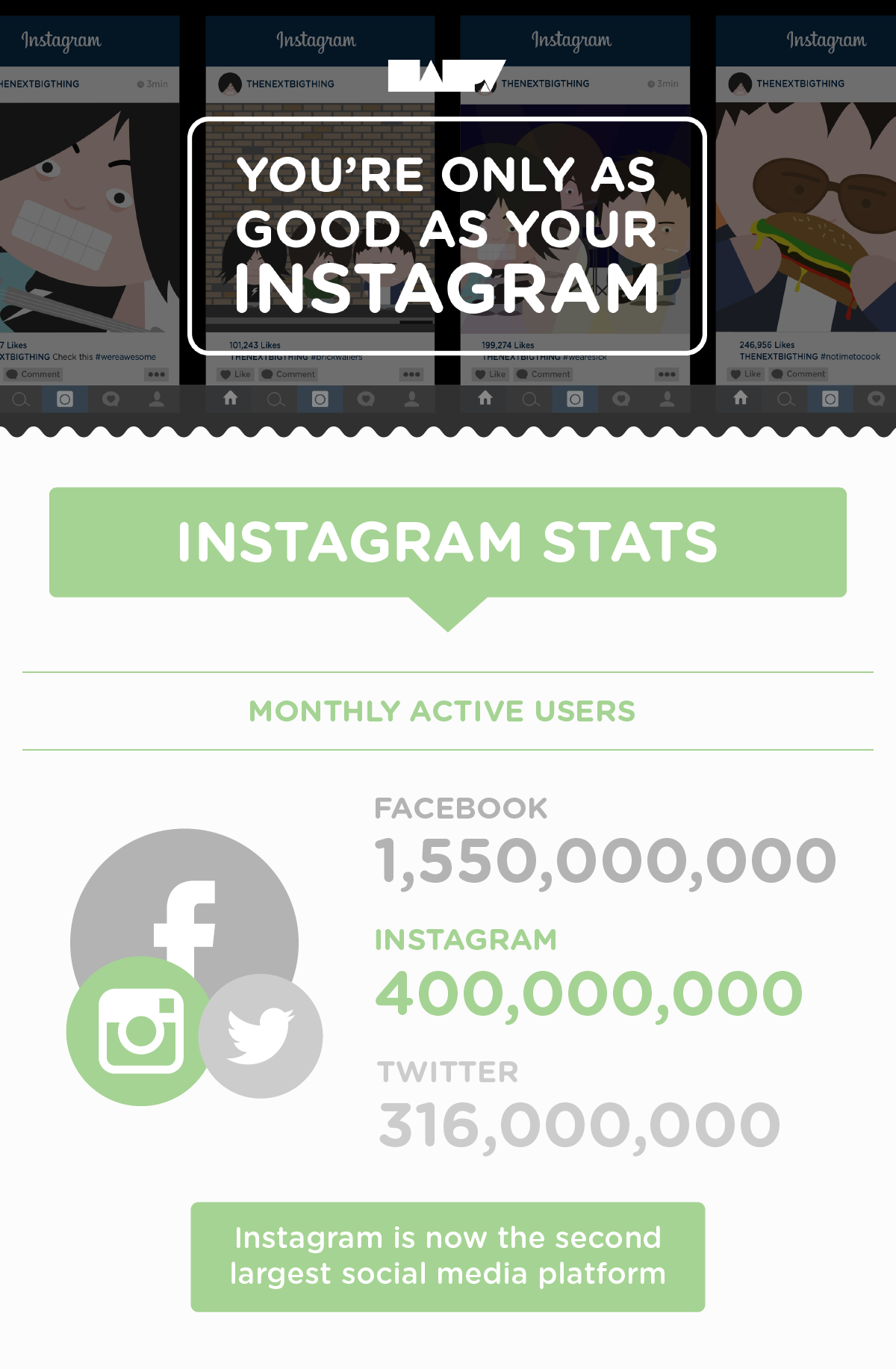
Instagram isn’t just for showing off your food. When it comes to building and curating an audience, few social media platforms do it better.
Of course, this doesn’t just mean taking pictures and posting counts for anything. This is the age of digital marketing, and clever images is what can make or break a good Instagram account.
There are some people who have curated hundreds of thousands of followers and are now paid to maintain that following. When a marginal percent of musicians make actual money from their trade that is a very enticing prospect.
After all, how good your Instagram feed is will shape your potential audience’s attitude towards you. Done right, images of recording sessions, tour life, backstage antics and private moments have the potential to expand an audience exponentially.
Any naysayers who view social media as a fad for the youth will be unapologetically left in the dust, a sad image of the past in a Rise filter. Think of it this way; a gig poster on a telephone post can be seen by a few hundred people at best. But a photo on Insta can be seen potentially by millions of users on a global scale thanks to re-grams and cross-platform sharing.
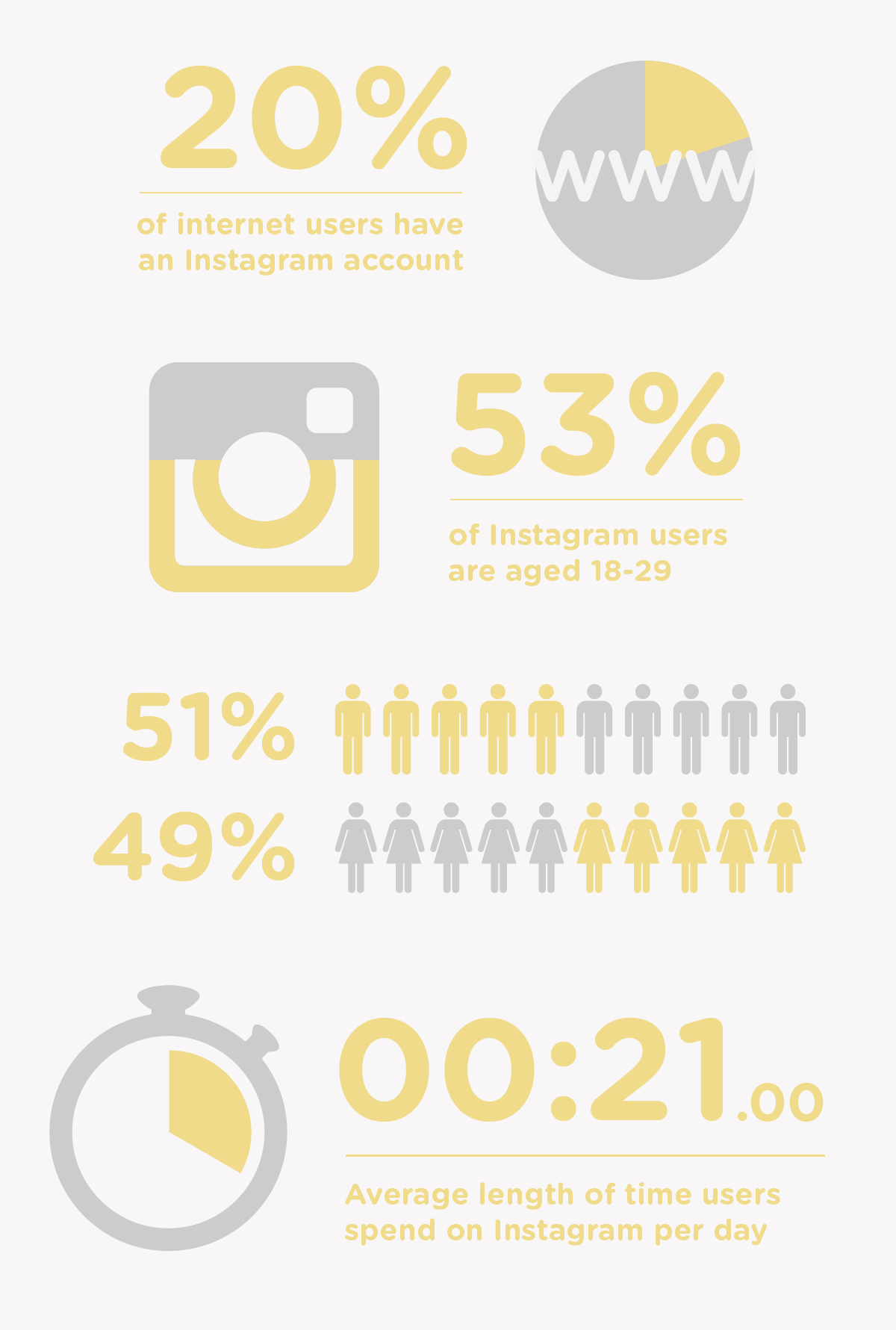
The rise of Instagram
Instagram was first launched in October 2010, a photo sharing app designed to uniquely share images in a square shape, similar to polaroid pictures. By December that year the Instagram community had grown to 1 million users.
By April 2012 social media kingpin Facebook bought Instagram for a tidy $1 billion. By September 2013 it had 150 million users, that year growing by an exponential 23% while it’s umbrella company Facebook grew by 3%.
By September 2015 the Instagram community stood at 400 million strong, a number that is continuing to rise.
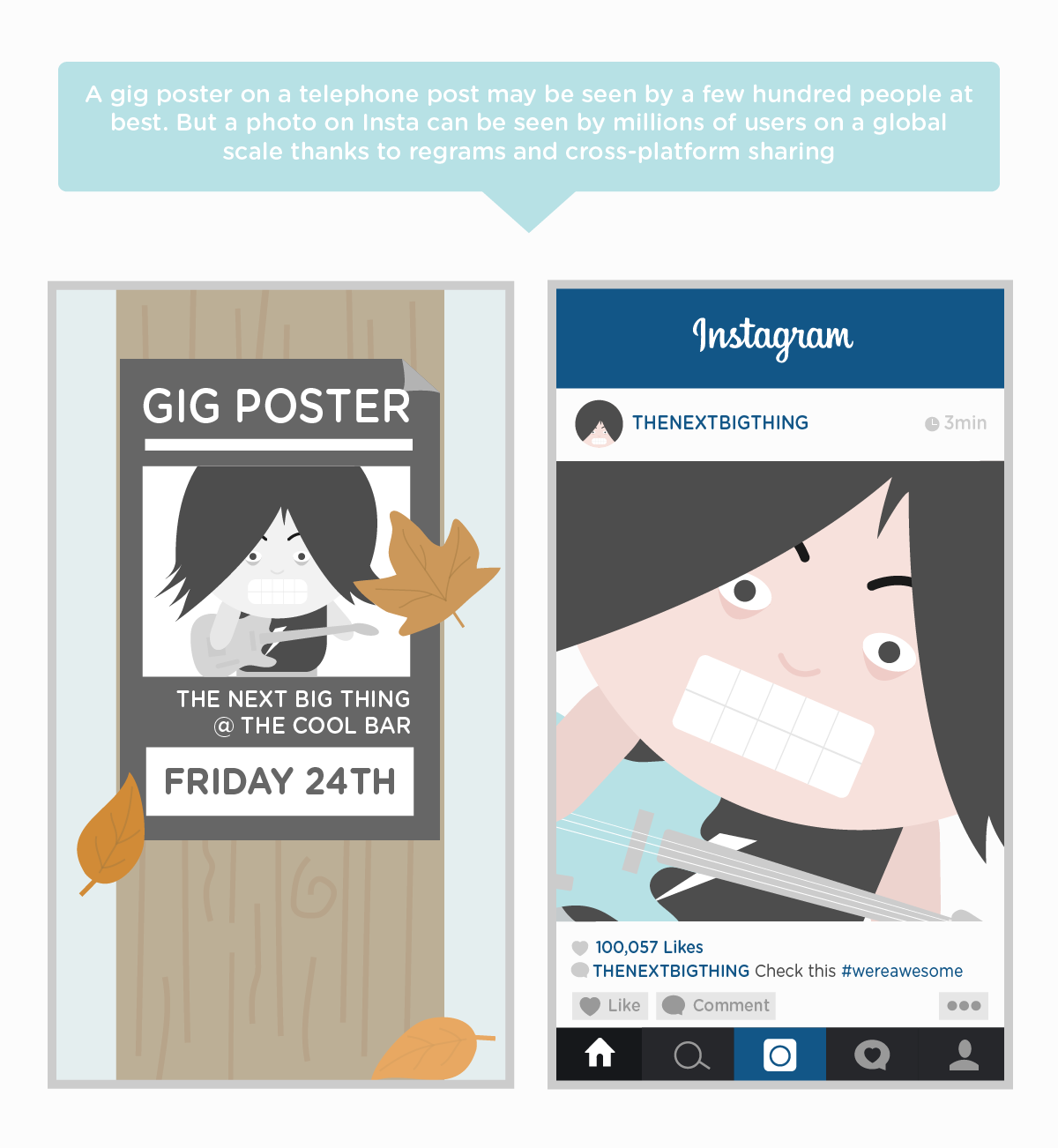
According to Piper Jaffray’s 29th Semi-Annual Taking Stock With Teens survey, Instagram is the most popular social media platform for teenagers. I know what you want to say, “Teens, sheesh, what do they know?” Turns out they know a lot, and given that younger generations are able to process and judge content faster than their elders Insta is the ideal place to absorb relevant information. 32% of teens called Instagram their most important social network in 2015, whereas only 13% said so in 2013. In comparison Facebook fell from 33% to 14% in the same period.
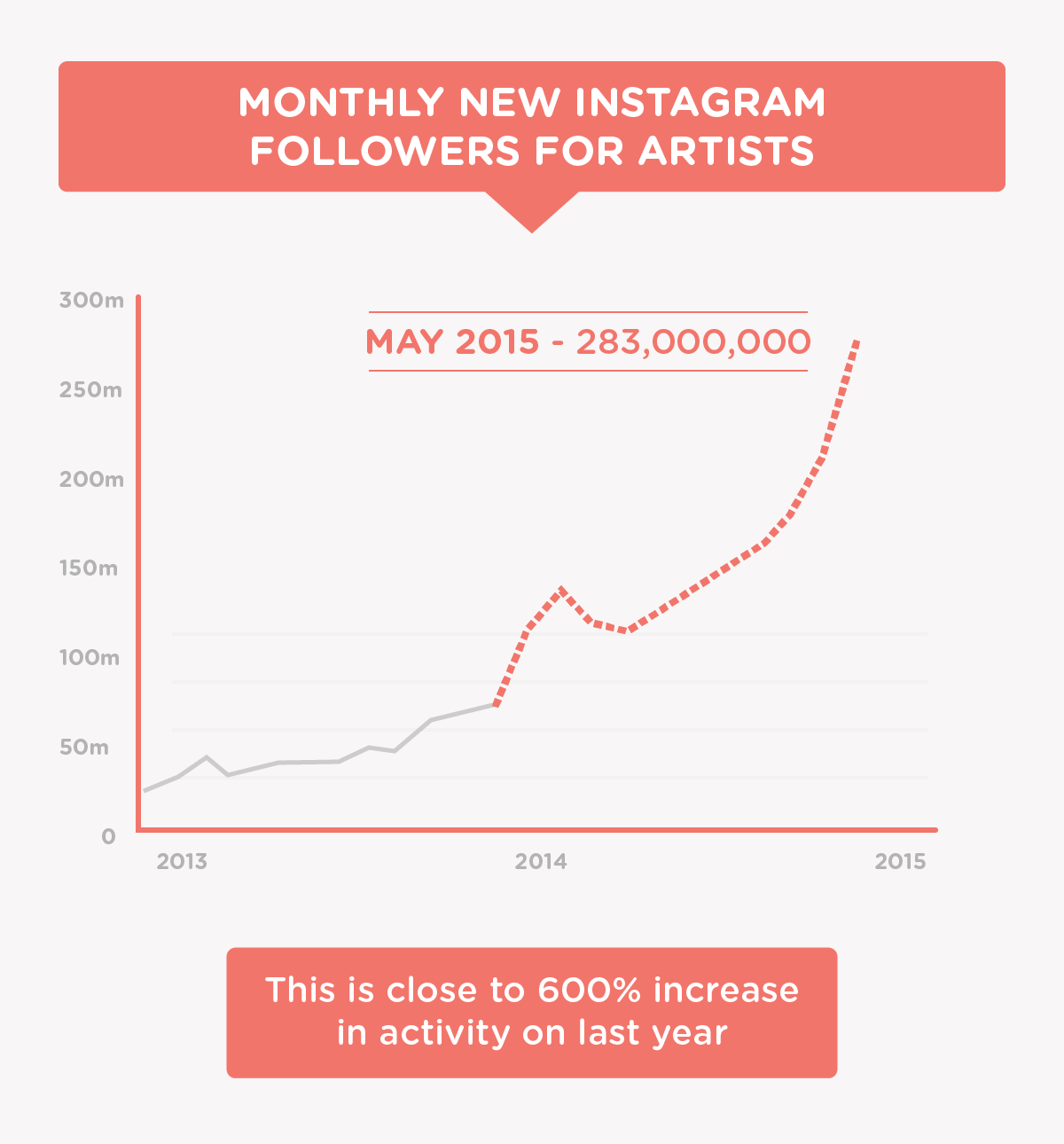
When speaking to Happy in an interview with Philadelphia Grand Jury, bassist MC Bad Genius recalled that he had seen two teens who had just met exchange Instagram profile details rather than phone numbers. It boggles the mind at first, but it makes sense.
This is a place that allows users to curate a personal brand and then condenses it into chunks of information small enough to be processed quickly. It’s fast, thorough and inclusive.
From June 2013 to May 2014 the number of people using Instagram globally went from 14 million to 63 million. By May 2015 that number rocketed to a jaw dropping 283 million.
It leap-frogged Twitter with ease to currently play second fiddle to parent company Facebook as the second largest social media platform. At the rate of its exponential growth it wouldn’t be surprising that it will steal the top spot sooner rather than later.
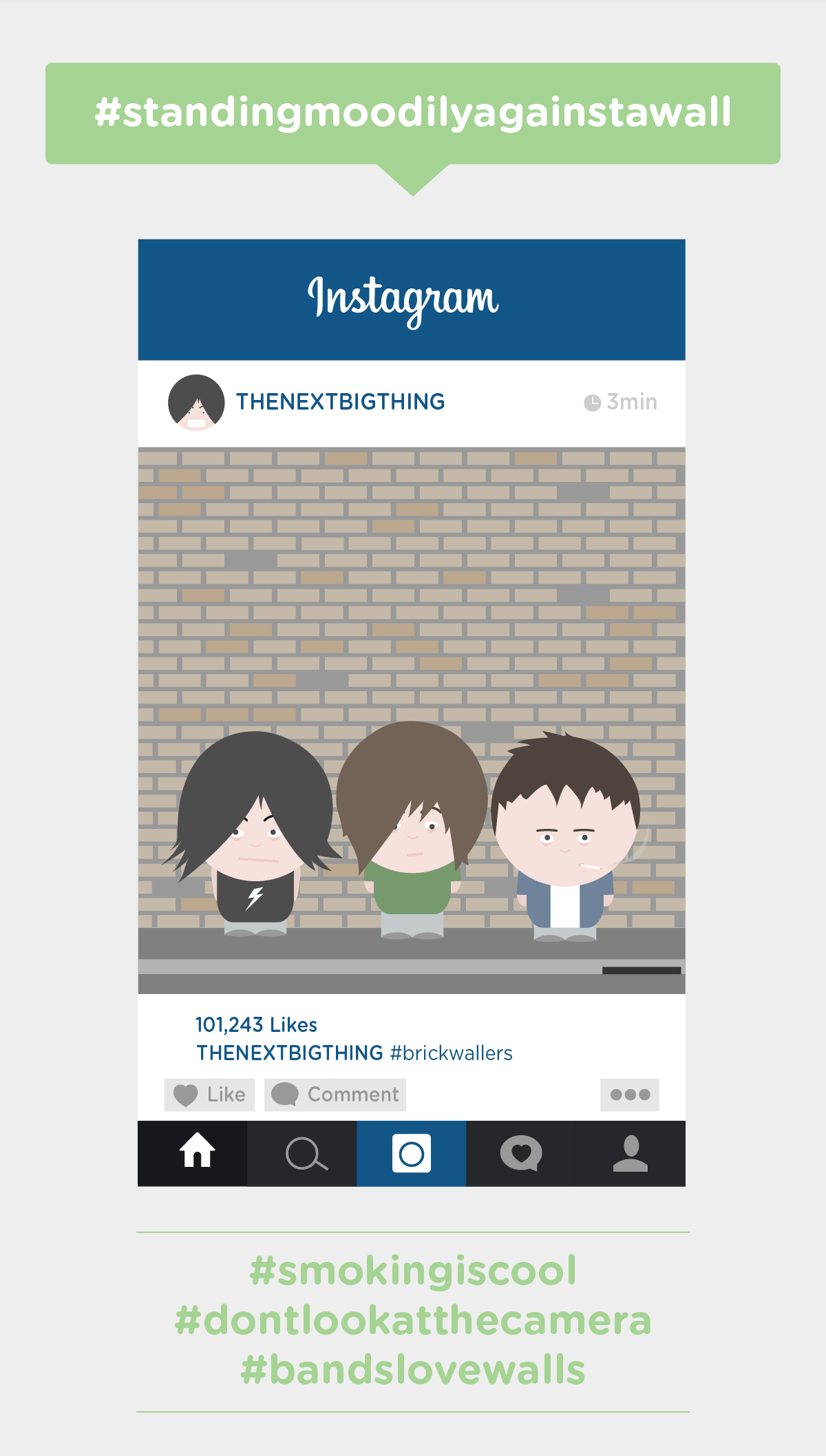
As of October 2015, of the ten most followed Instagram users in the world, six of them are musicians.
Sure they’re not your young emerging band who play covers at your local, but it is proof that Instagram is a tool begging to be extrapolated by anyone looking to build and gain exposure for their brand. As a visual medium it gives audiences a new dynamic with which to engage with a band.
Take a look at Melbourne MC Ivan Ooze. The young rapper has only been active for a couple of years, but easily nabs a few hundred likes for each of his posts. His personality is magnetic, and as such fans are clamouring to get a glimpse of his life beyond the music.
All those screaming kids at the Taylor Swift concert? You can bet they’re on Insta following Tay-Tay’s every filtered move.
More so than Facebook or Twitter, Instagram gives a intimate insight into the life of another. Obviously the bigger the star the more exuberant their posts will be, but even in the case of a smaller artist Instagram offers a quick and efficient means to stage a photo shoot when it is most convenient for the band and on their terms.
It generates a little thing we call ‘vibe’, and that shit is important.
So why is it so effective?
You could pen the greatest song ever written, but that doesn’t mean much if there isn’t an audience to hear it. Like any good marketing should, a band posting regularly to Instagram builds hype.
Can’t afford a publicist? Just figure out which filter makes you and your malnourished band-mates look good and get snapping.

Facebook is naturally the biggest digital marketing platform for bands, but with so many users now the amount of pages people can see on their feed is very strictly regulated. Unless you’re willing to spend the big clams on boosting all your posts, your news feed will remain as barren as a ghost town. But as the good people at Buzz Plant point out, it has a higher click through rate than Facebook.
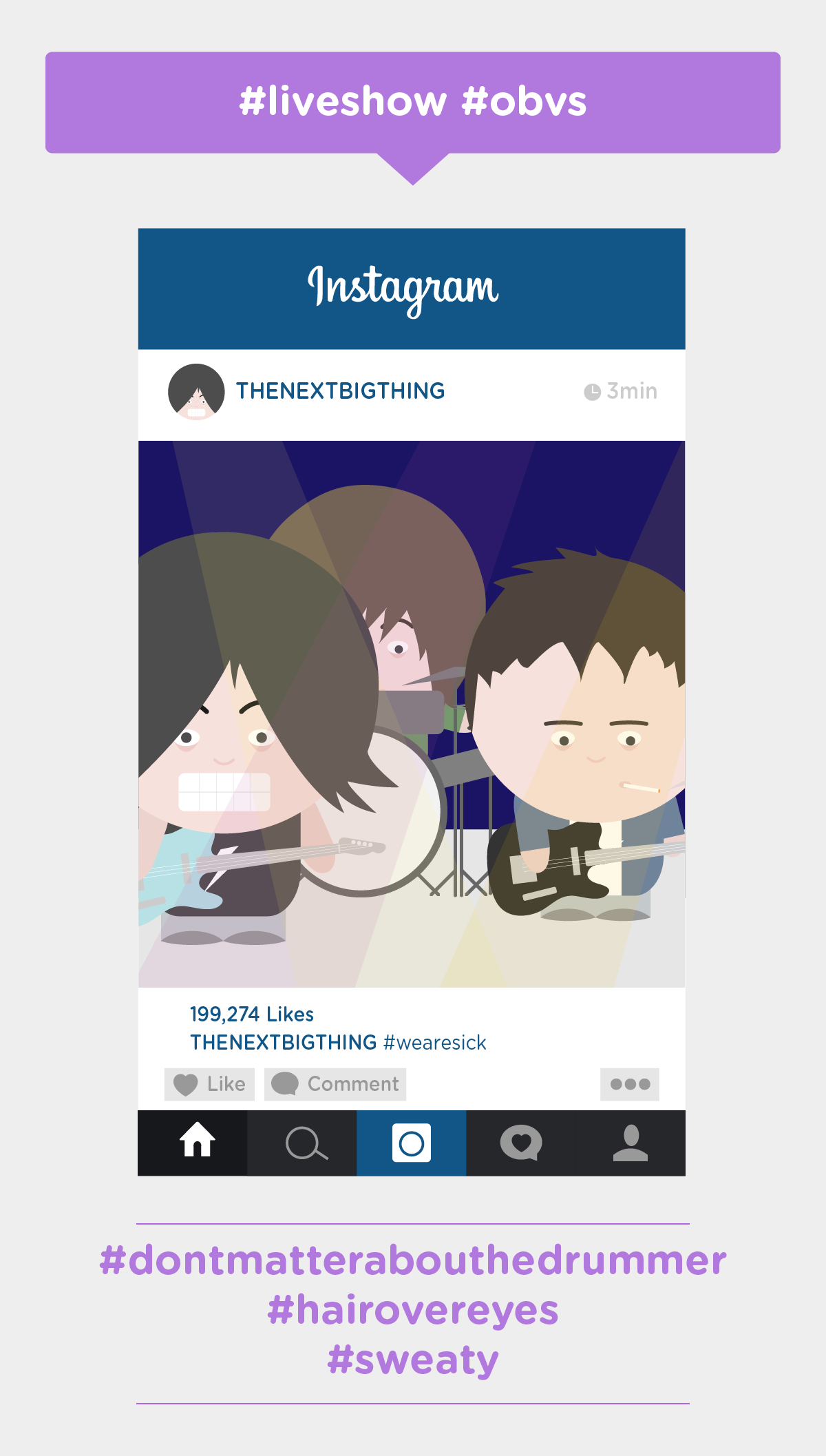
Buzz Plant reveals that after studying 3 million user interactions on 2,500 posts of top brands in 2014, researcher Nate Elliott of Forrester Research found that Instagram had a per follower engagement rate of 4.21%. Compared to Facebook’s 0.7% engagement and Twitter’s 0.3%. It’s staggering.
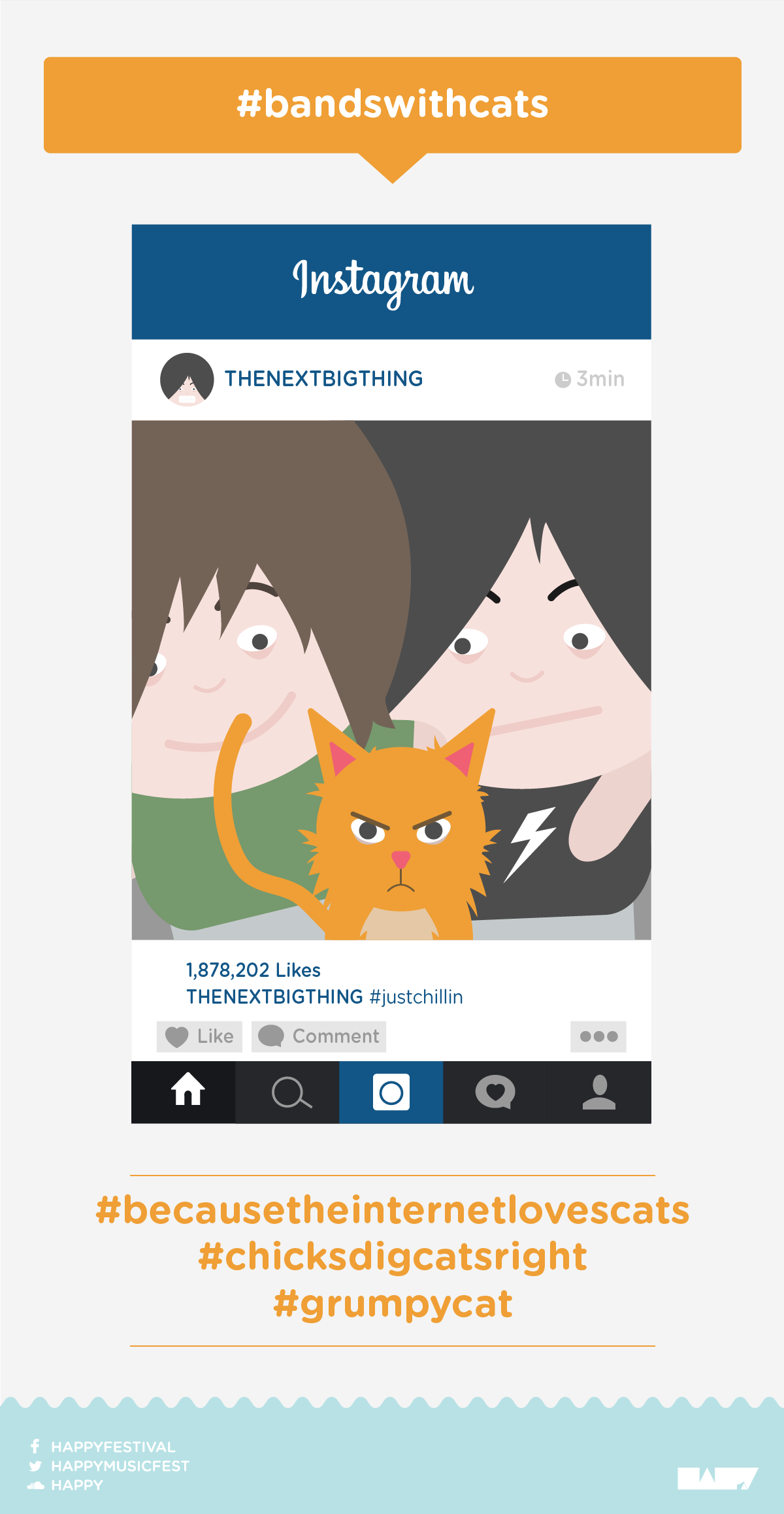
We live in a world where it is now more common for people to follow each other on Instagram rather than exchange phone numbers.
To be completely honest being snapped up by a label, whether they are an independent or major, doesn’t guarantee success. In fact there are many cases where a band signed to a label end up falling to the wayside.
Resting on laurels never helped anyone. A proactive artist will be a successful one, and that means whipping out your phone and taking advantage of the most powerful tool to give your career exposure, and it just happens to sit comfortably in your pocket.

Check out our article on how to promote your band with advice from some of Australia’s top publicists.
